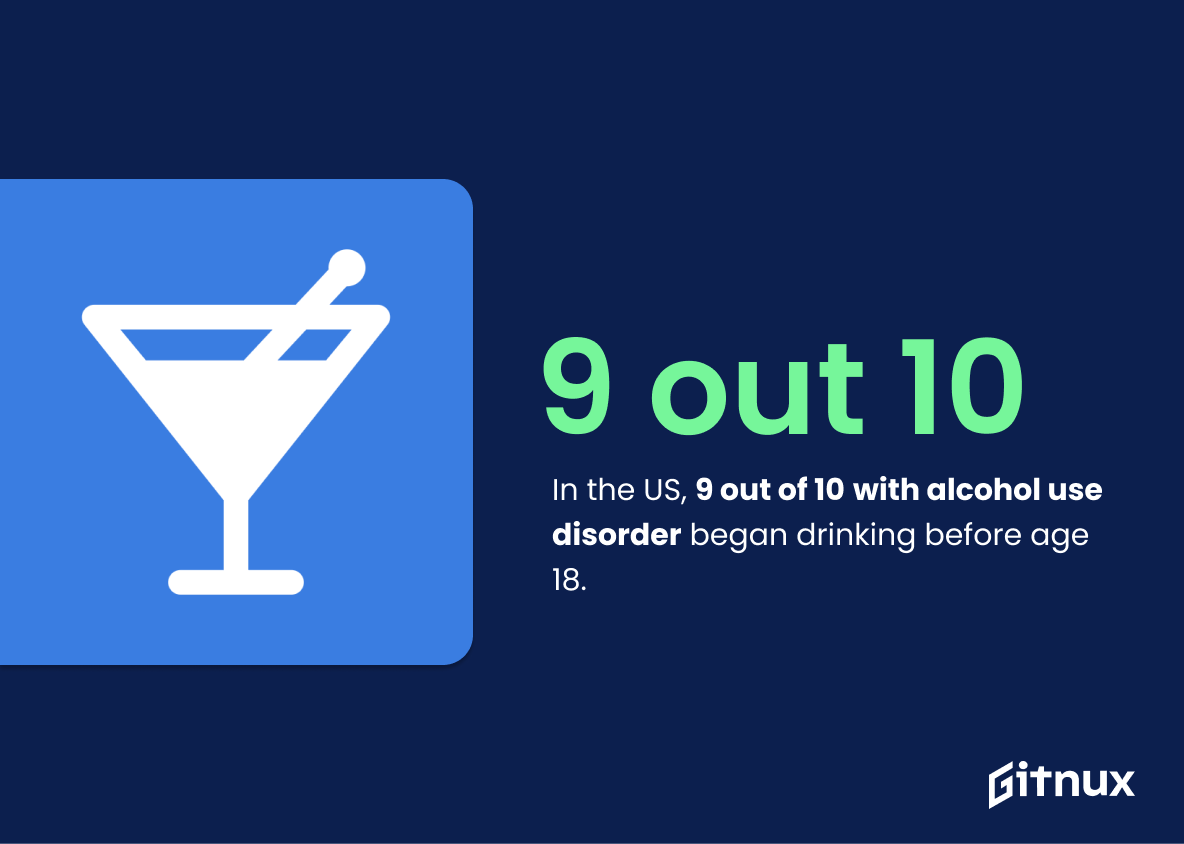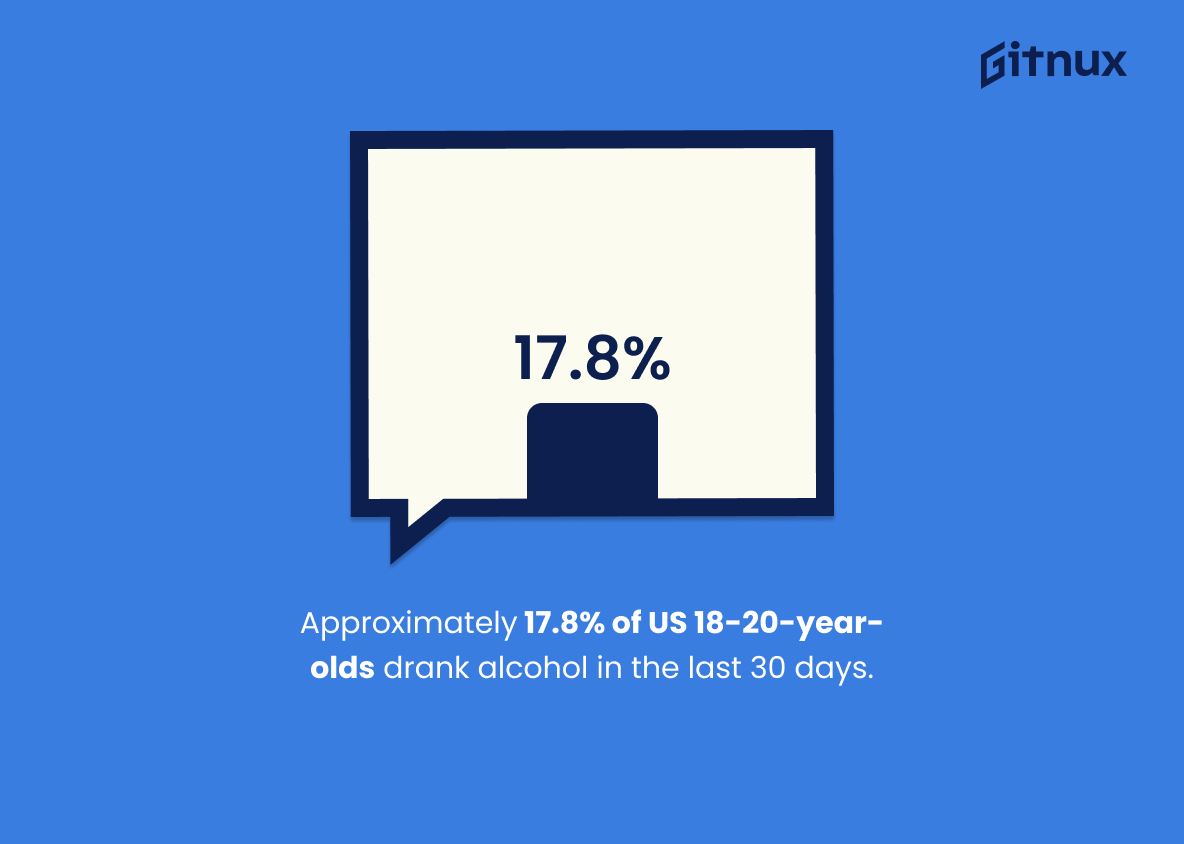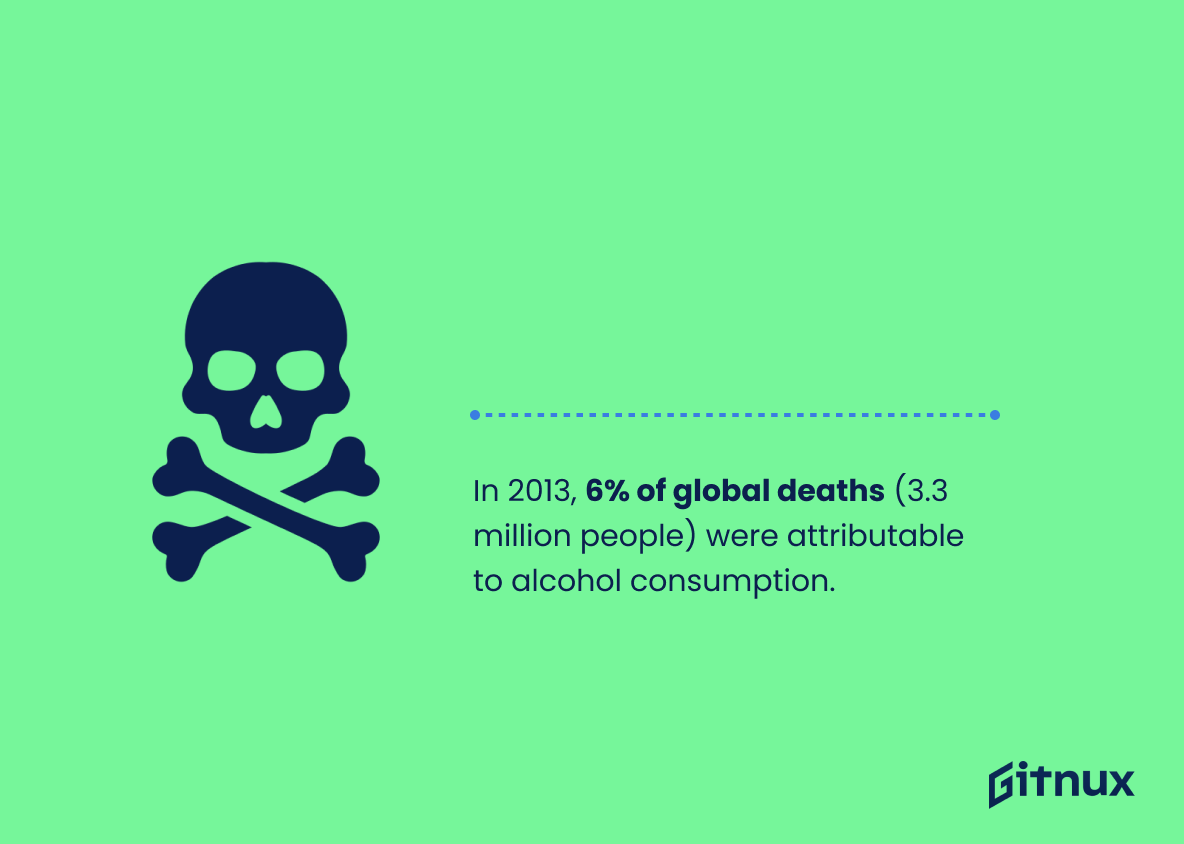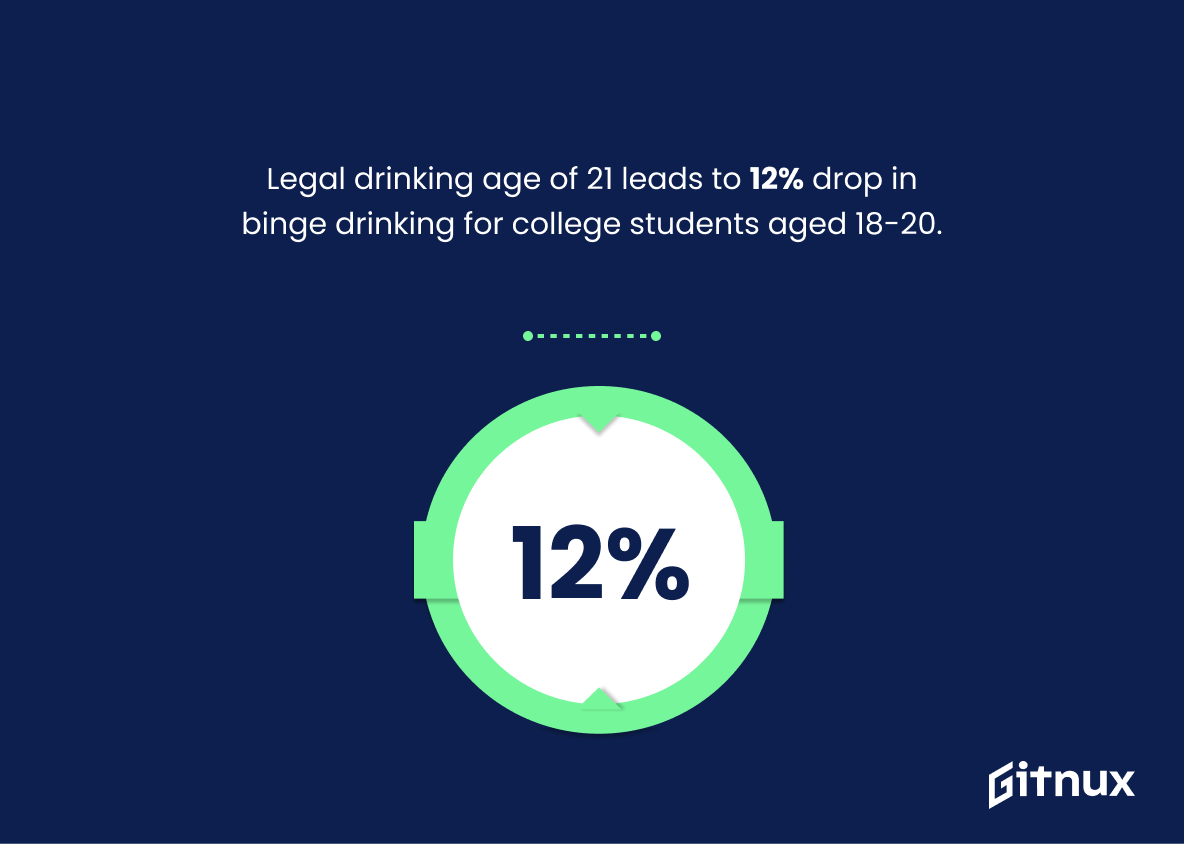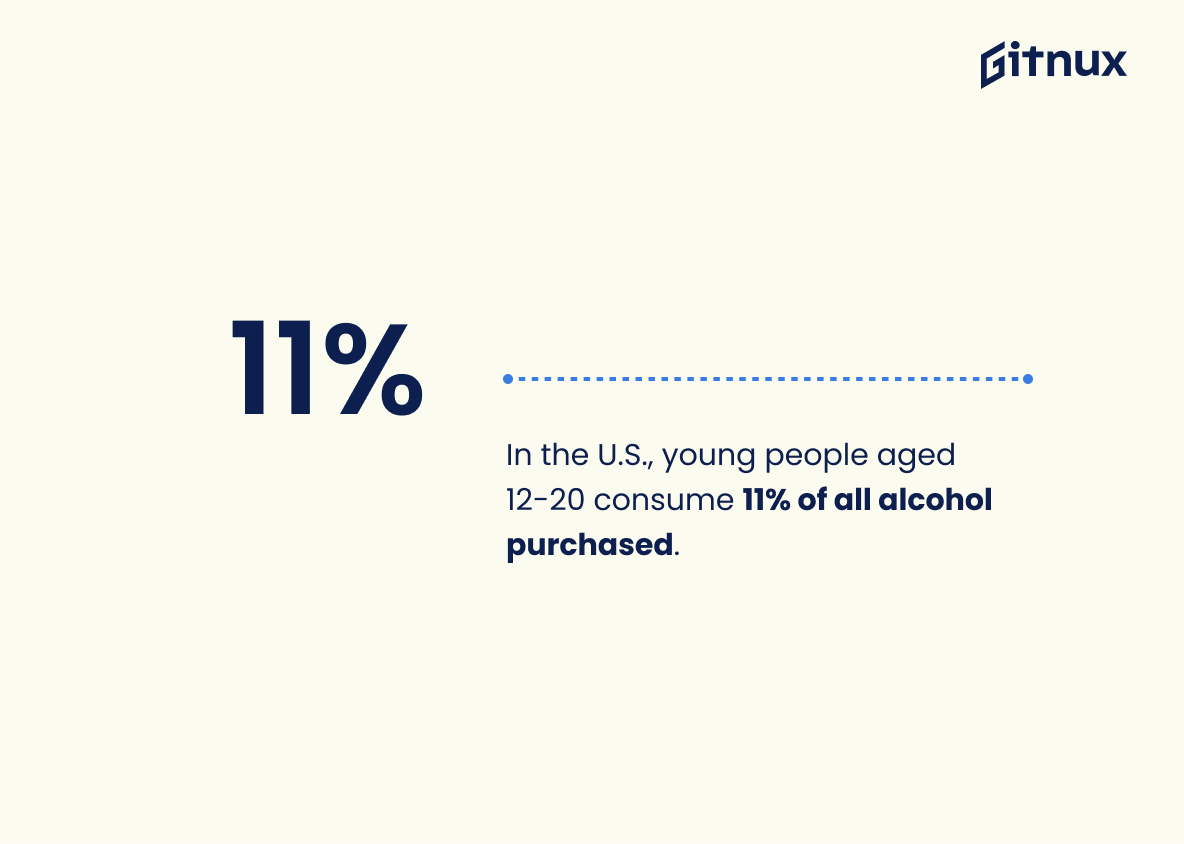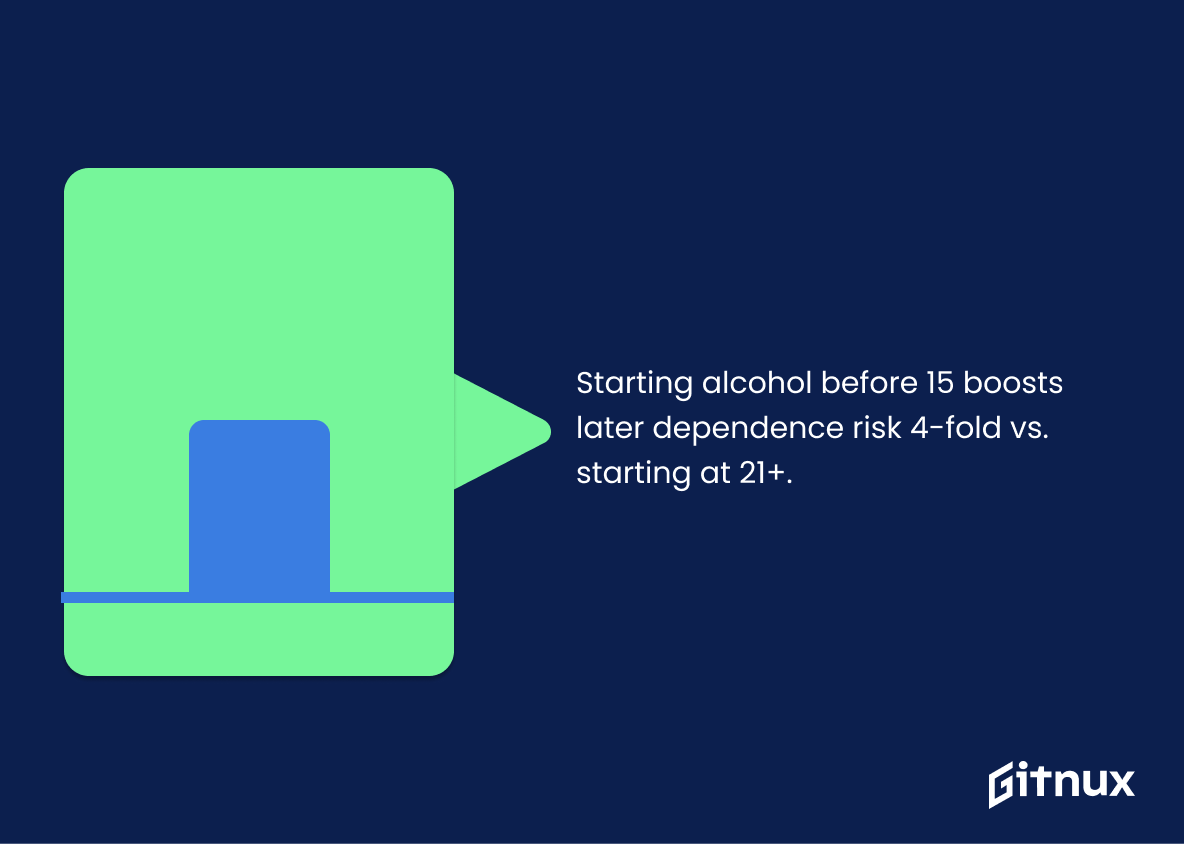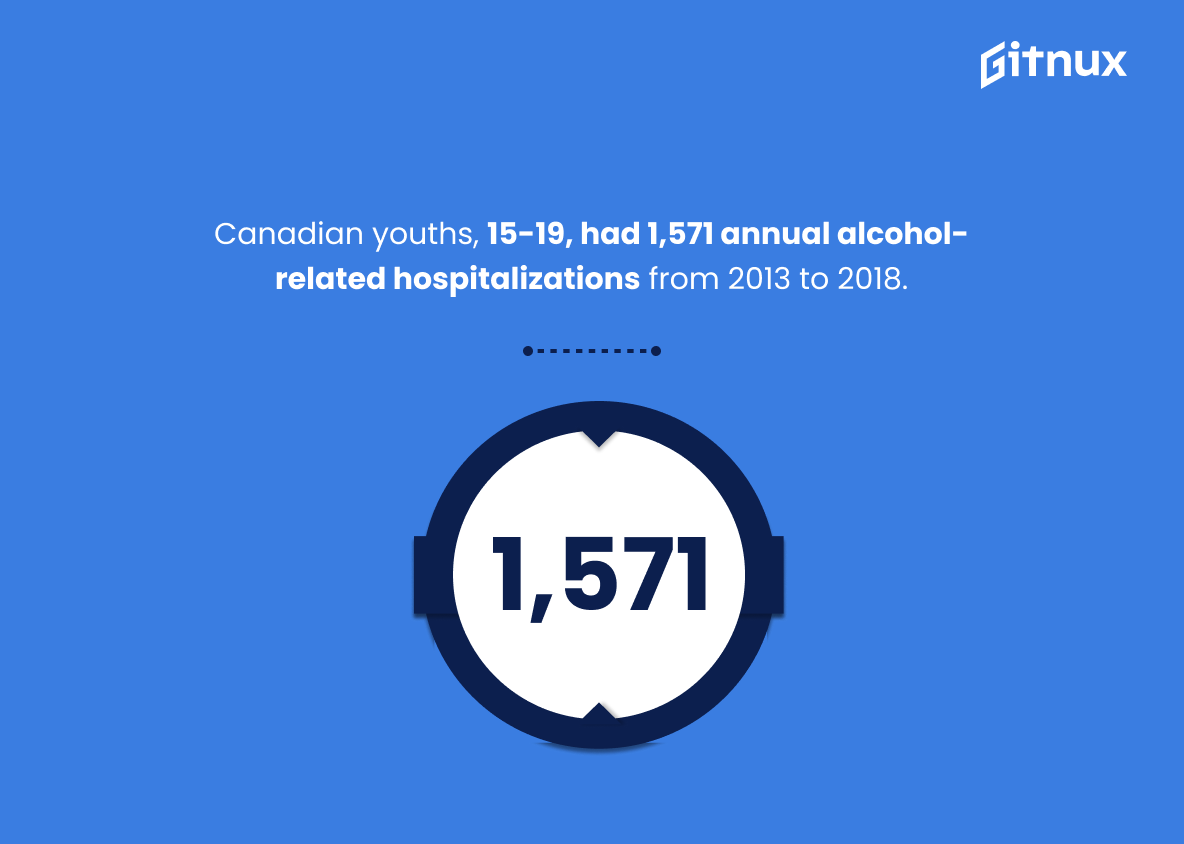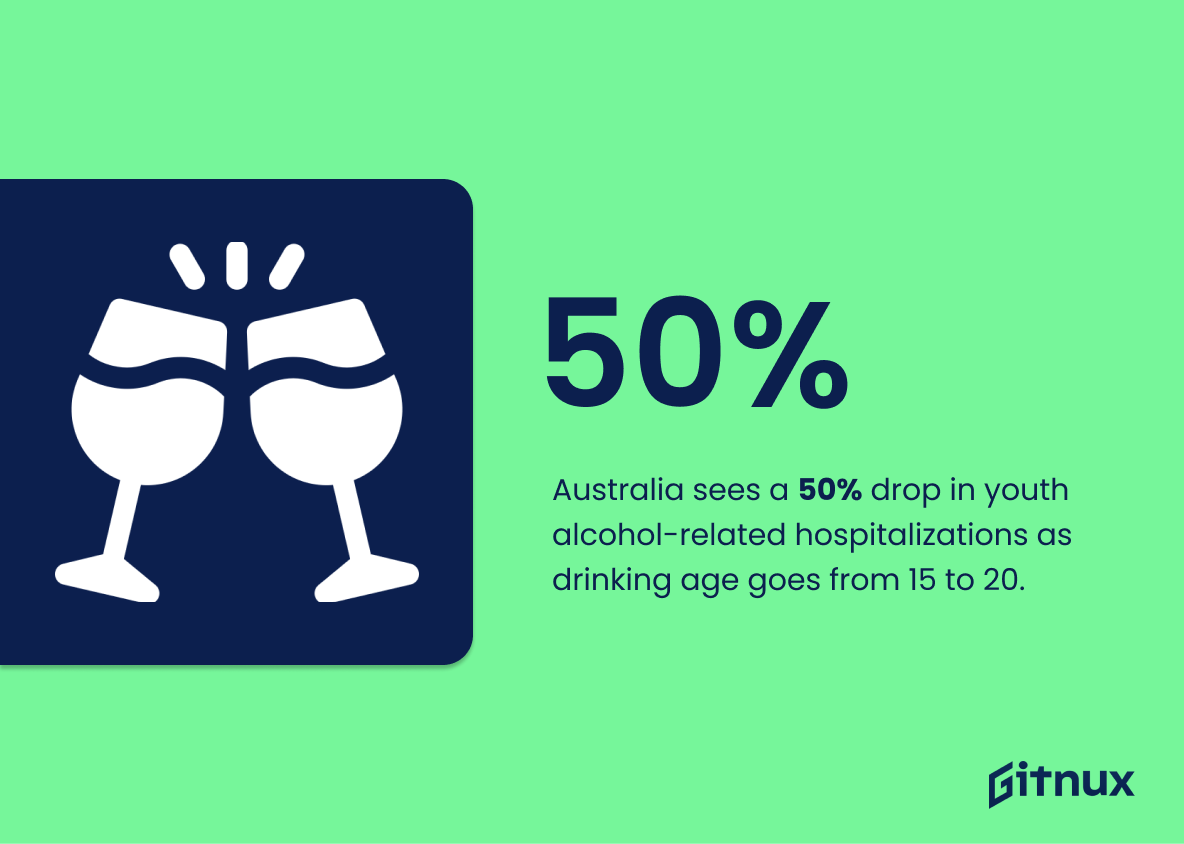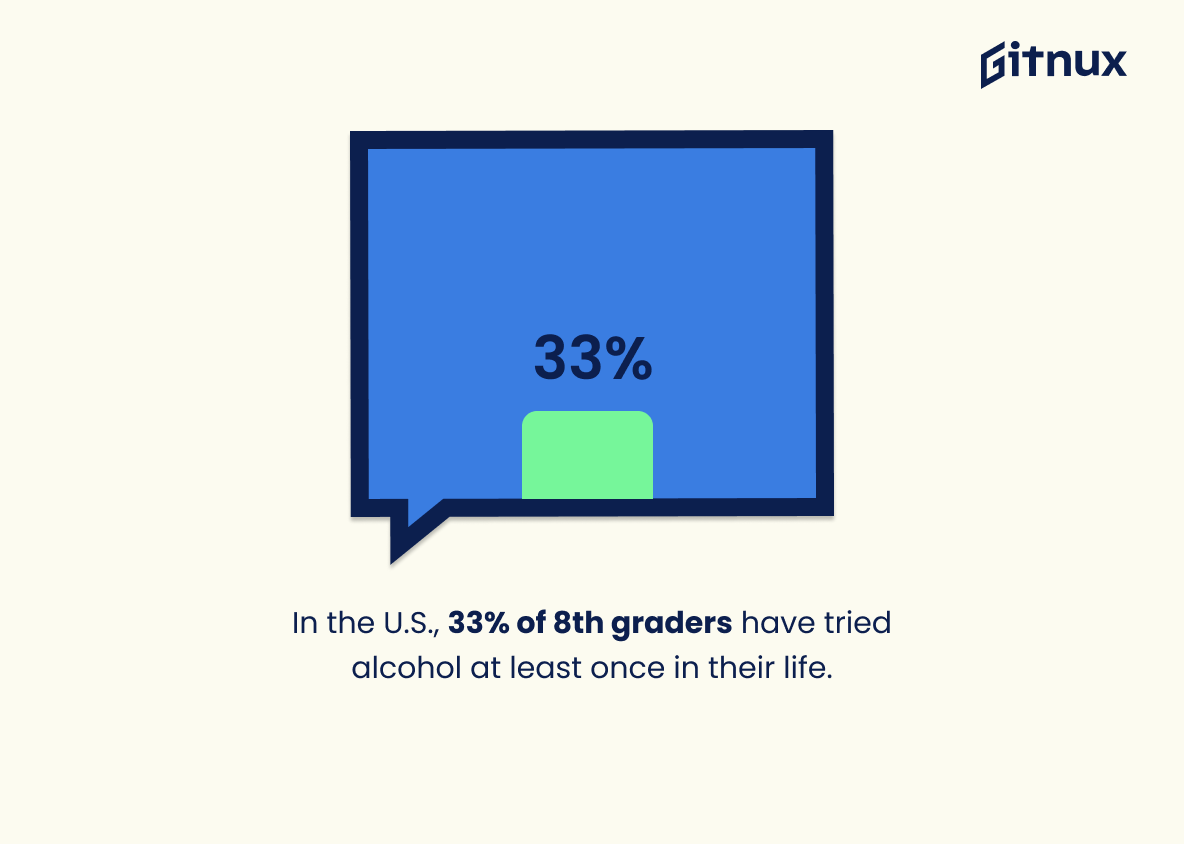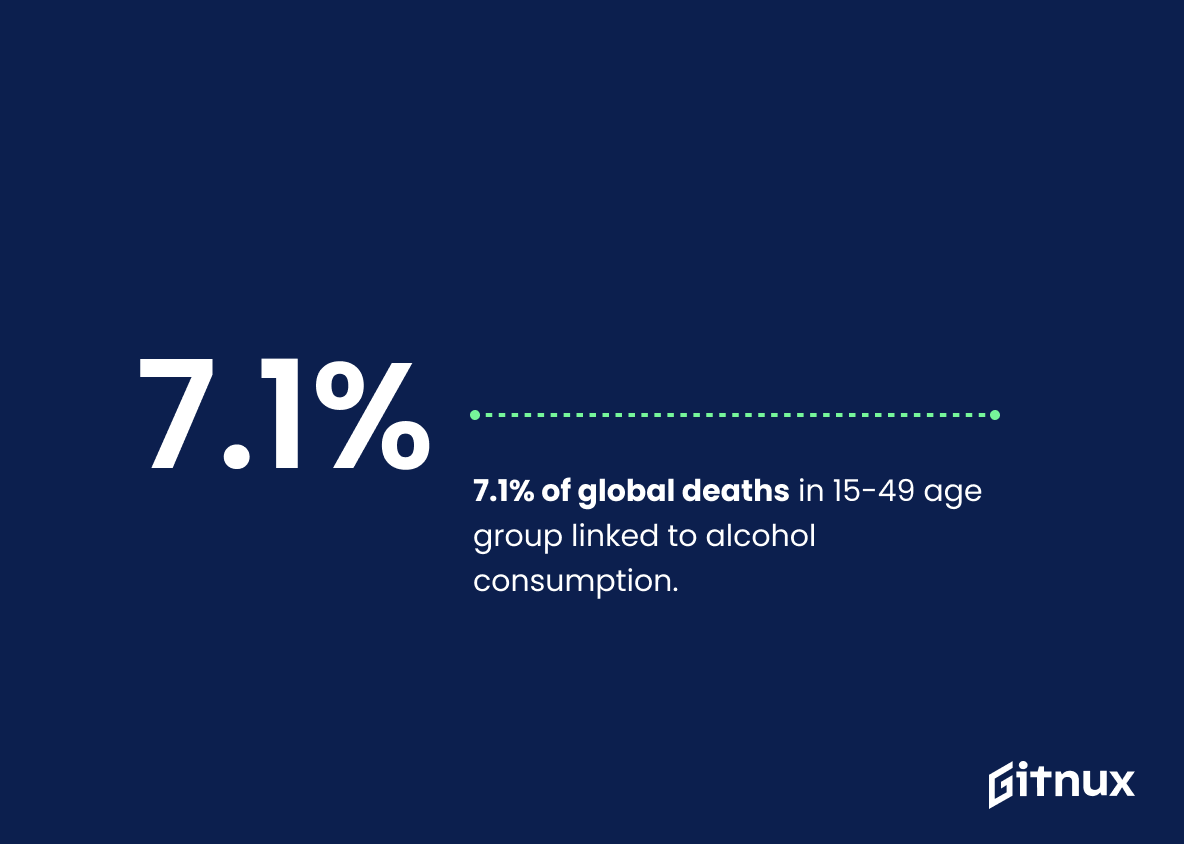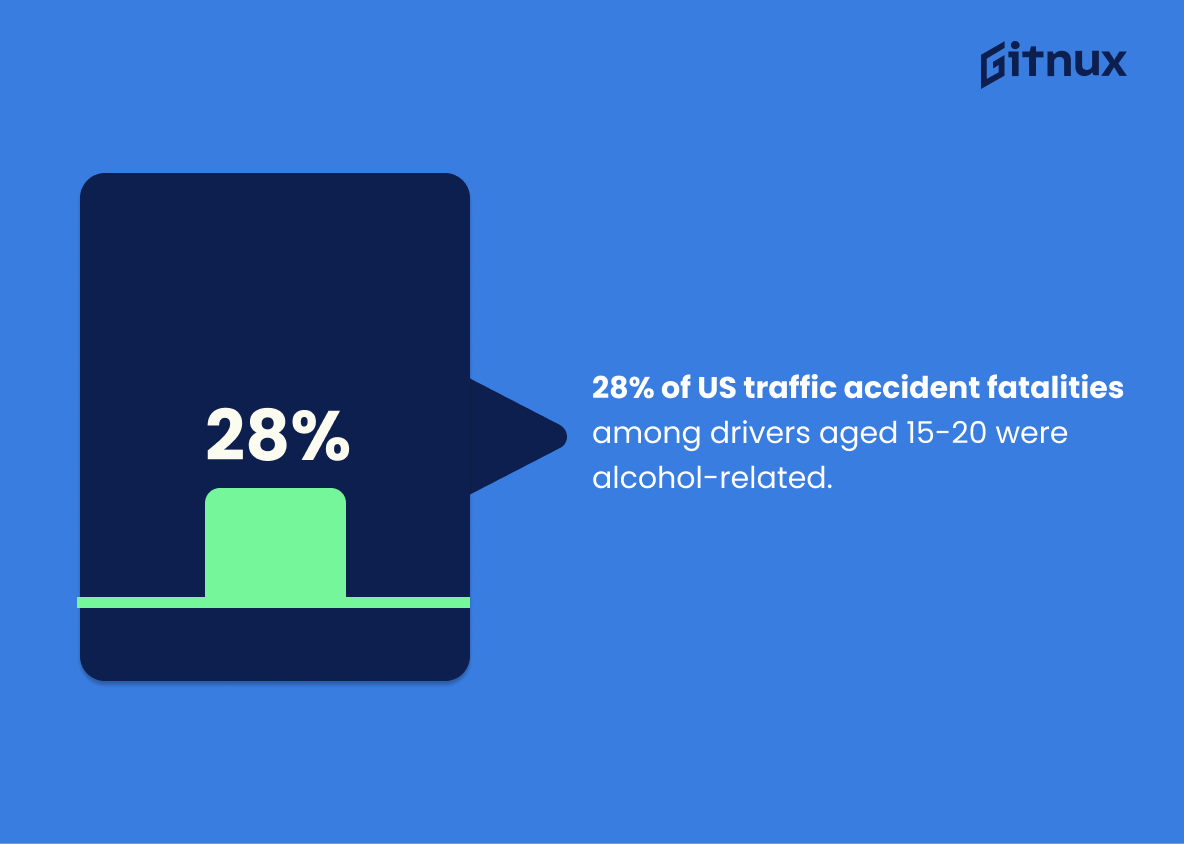The debate over the legal drinking age in the United States has been ongoing for decades. While some argue that lowering it to 18 would be beneficial, others believe that keeping it at 21 is necessary to protect public health and safety. To better understand this issue, let’s take a look at 20 statistics related to drinking age debates around the world: Approximately 50% of American adults are in favor of lowering the national drinking age to 18; when the U.S. raised its legal drinking age from 18-21, alcohol-related traffic fatalities decreased by 58%; 9 out 10 individuals experiencing alcohol use disorder started before they were 18 years old; about 17.8% of U.S.,18-20 year olds reported consuming alcohol in past 30 days; 6% global deaths (3 million people) were attributable to alcohol consumption in 2013; European countries with lower drinking ages generally have higher rates among adolescents; there is 12% decrease binge college students aged 18-20 states with 21 as their legal limit ; 1 .3 % 12 – 13 year olds US reported past month 2017 ; economy loses estimated $27 billion per year due underage drinkers ; 72 % South Korean start drink 12 yrs old , New Zealand lowered 20 –18 led increase injuries amongst same group 2012 , raising 21 resulted 16 % decline first yr 2018 , youths consume 11 all purchased US 15 – 19 experienced annual average hospitalizations between 2013 & 2018 25 high school Nigeria participated binge 7 .1 global deaths 15 – 49 related 28 traffic accident involving drivers 15–20 USA alc rel 2020 etc
Drinking Age Debate Statistics Overview
In the U.S., 9 out of 10 individuals experiencing alcohol use disorder started drinking before they were 18 years old.
This statistic serves as a stark reminder of the importance of setting a minimum drinking age. It highlights the fact that the majority of individuals with alcohol use disorder began drinking before they were legally allowed to do so, suggesting that the current drinking age of 21 is not enough to prevent underage drinking. This statistic is a powerful argument for raising the drinking age, as it demonstrates the potential consequences of allowing young people to drink before they are of legal age.
About 17.8% of U.S. 18-20 year olds reported consuming alcohol in the past 30 days.
This statistic is a telling indication of the prevalence of underage drinking in the United States. It highlights the need for further discussion and debate on the issue of drinking age, as 17.8% of 18-20 year olds are engaging in an activity that is illegal in most states.
In 2013, 6% of global deaths (3.3 million people) were attributable to alcohol consumption.
This statistic serves as a stark reminder of the potentially devastating consequences of alcohol consumption. It highlights the importance of responsible drinking and the need for effective policies to reduce the harm caused by alcohol. It also provides a powerful argument for raising the drinking age, as it demonstrates the need to protect young people from the dangers of alcohol.
European countries with a lower drinking age generally have higher alcohol consumption rates among adolescents.
This statistic is a powerful indicator of the potential consequences of lowering the drinking age. It suggests that if the drinking age is lowered, adolescents may be more likely to consume alcohol, which could lead to a variety of health and safety risks. This is an important factor to consider when debating the merits of lowering the drinking age.
There is a 12% decrease in binge drinking among college students aged 18-20 in states with the legal drinking age of 21.
This statistic is a powerful testament to the effectiveness of raising the legal drinking age to 21. It shows that when the legal drinking age is increased, college students aged 18-20 are less likely to engage in binge drinking. This is an important piece of evidence to consider when debating the merits of raising the legal drinking age.
In 2017, 1.3% of 12- to 13-year-olds in the U.S. reported drinking alcohol in the past month.
This statistic is a pertinent piece of information when discussing the Drinking Age Debate Statistics, as it provides insight into the prevalence of underage drinking in the United States. It serves as a reminder that, despite the legal drinking age being 21, there are still a significant number of 12- to 13-year-olds who are engaging in alcohol consumption.
The U.S. economy loses an estimated $27 billion per year due to underage drinking.
This statistic serves as a stark reminder of the immense financial burden underage drinking places on the U.S. economy. It is a powerful illustration of the potential economic damage that can be caused by allowing minors to consume alcohol. This statistic is an important factor to consider when debating the merits of changing the drinking age.
In the U.S., young people aged 12-20 consume 11% of all alcohol purchased.
This statistic is a stark reminder of the prevalence of underage drinking in the United States. It highlights the need for more stringent regulations and enforcement of the legal drinking age, as well as more education and awareness about the dangers of underage drinking.
Youths who start drinking before age 15 are four times more likely to develop alcohol dependence later in life than those who do not start drinking until they are 21.
This statistic serves as a stark reminder of the potential consequences of underage drinking. It highlights the importance of waiting until the legal drinking age of 21 before consuming alcohol, as those who start drinking before age 15 are at a much higher risk of developing alcohol dependence later in life.
Canadian youth aged 15-19 experienced an annual average of 1,571 alcohol-attributable hospitalizations between 2013 and 2018.
This statistic serves as a stark reminder of the potential consequences of underage drinking. It highlights the fact that, despite the legal drinking age in Canada being 19, there are still a significant number of young people who are being hospitalized due to alcohol-related issues. This statistic should be taken into consideration when debating the drinking age in Canada, as it demonstrates the need for stricter regulations and enforcement of the current laws.
Australia experiences almost a 50% reduction in alcohol-related hospitalizations among youths as the drinking age increased from 15 to 20.
This statistic is a powerful testament to the effectiveness of raising the drinking age in Australia. It demonstrates that increasing the legal drinking age from 15 to 20 has had a significant impact on reducing alcohol-related hospitalizations among youths. This is an important piece of evidence to consider when debating the merits of raising the drinking age.
In the U.S., 33% of 8th graders have tried alcohol at least once in their life.
This statistic is a stark reminder of the prevalence of underage drinking in the United States. It highlights the need for further discussion and action to address the issue of underage drinking, and to ensure that young people are not engaging in dangerous behaviors. It is an important statistic to consider when debating the drinking age, as it demonstrates the need for stricter regulations and enforcement to protect young people from the risks associated with alcohol consumption.
7.1% of all global deaths among individuals aged 15-49 are related to alcohol consumption.
This statistic serves as a stark reminder of the dangers of alcohol consumption, particularly among individuals aged 15-49. It highlights the need for greater awareness and education about the risks associated with drinking, as well as the importance of responsible drinking habits. This is especially pertinent in the context of the drinking age debate, as it emphasizes the need for policies that protect young people from the potential harms of alcohol.
About 28% of traffic accident fatalities involving drivers aged 15-20 were alcohol-related in the United States.
This statistic serves as a stark reminder of the dangers of underage drinking. It highlights the fact that alcohol-related traffic fatalities are disproportionately high among drivers aged 15-20, and underscores the need for stricter regulations and enforcement of drinking age laws.
Conclusion
The statistics presented in this blog post demonstrate the complexity of the drinking age debate. On one hand, there is evidence that raising the legal drinking age to 21 has had a positive impact on reducing alcohol-related traffic fatalities and underage consumption rates. However, it also appears that lowering the national drinking age could lead to an increase in binge drinking among adolescents and young adults as well as higher levels of alcohol use disorder. Ultimately, each country must weigh these pros and cons when deciding what their own laws should be regarding minimum legal ages for consuming alcoholic beverages.
References
0. – https://www.monitoringthefuture.org
1. – https://www.thelancet.com
2. – https://www.ncbi.nlm.nih.gov
3. – https://www.who.int
4. – https://www.niaaa.nih.gov
5. – https://www.samhsa.gov
6. – https://www.pubs.niaaa.nih.gov
7. – https://www.citeseerx.ist.psu.edu
8. – https://www.umanitoba.ca
9. – https://www.nrd.nhtsa.dot.gov
10. – https://www.drugabuse.gov
11. – https://www.gallup.com
